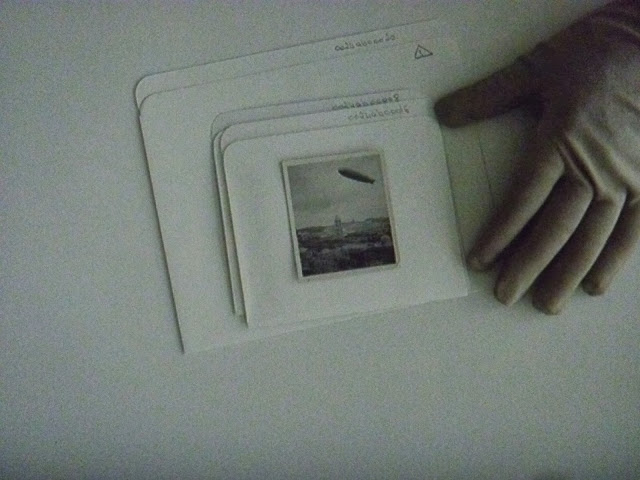Last week we went to MoMA to look at Akram Zaatari's exhibition Project 100. The exhibition was quite different from the Art I usually like to see, so I am going to write a little about the impression I had of it.
The Exhibit was divided in two dark rooms. The first one had music and TVs with different dancing scenes and daily activities recorded in Lebanon. The second one was the one I spent most time on, and it is the one I will write about.
As soon as you enter the room there is a big double screen, divided in two: on the left side there is a hand with white gloves that move showing pictures. On the right side the screen shows a TV that goes through records of different lebanese people talking about memories. The link between both of the screens is that the pictures shown on the left screen represent the memories the interviewed people are talking about. The relationship of both is interesting because you can hear a story and at the same time visualize it through real pictures of it. The artist of the exhibition used this technique to give life to memory and develop an exhibition that shows the Lebanese culture through the songs and culture seen on the first room, and through the histories of natives in the second room.
The conversation between the two screens was not only a rich visual resource, but also has the concept of not having any "human" intervention, as the recorded people are shown on a television inside the screen and you don't see any motion in the cameras: it is static and only the videos shown in the TV change. This way the artist created a very unique effect: the video seems to be a scientific research that brings the relationship between memory and history, as he shows the history of his country through the memories of its people.
the right side...
...and the left side.





No comments:
Post a Comment